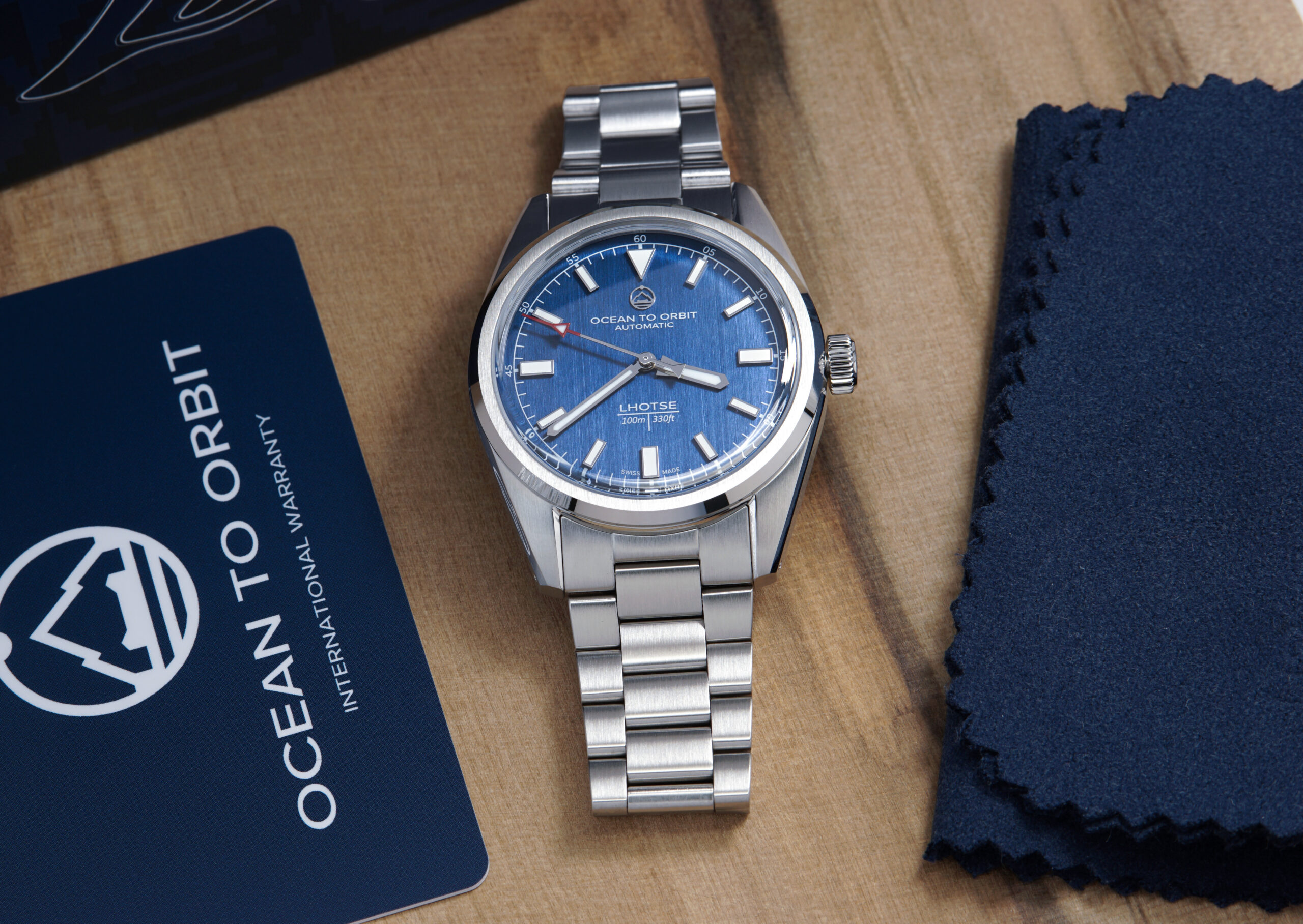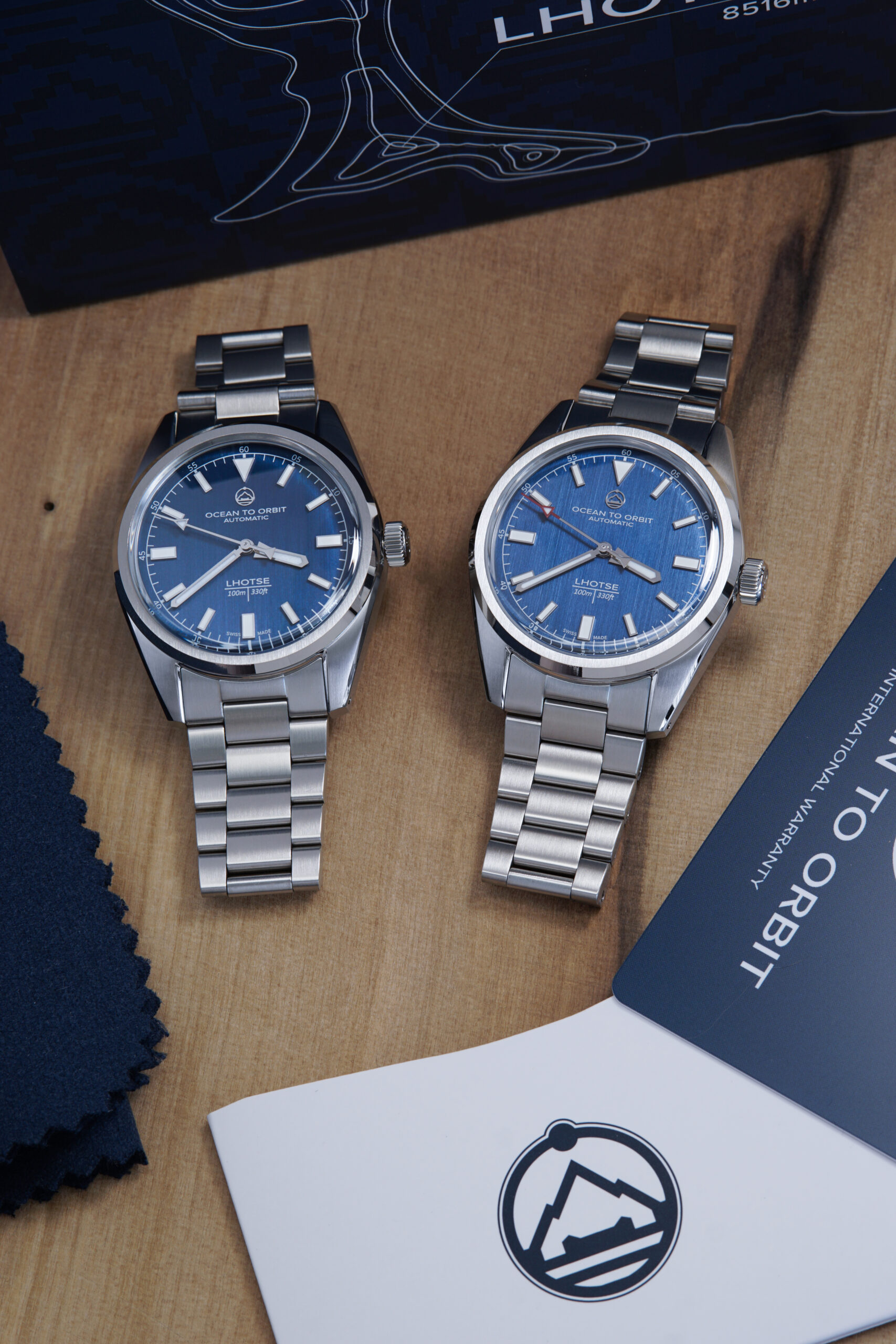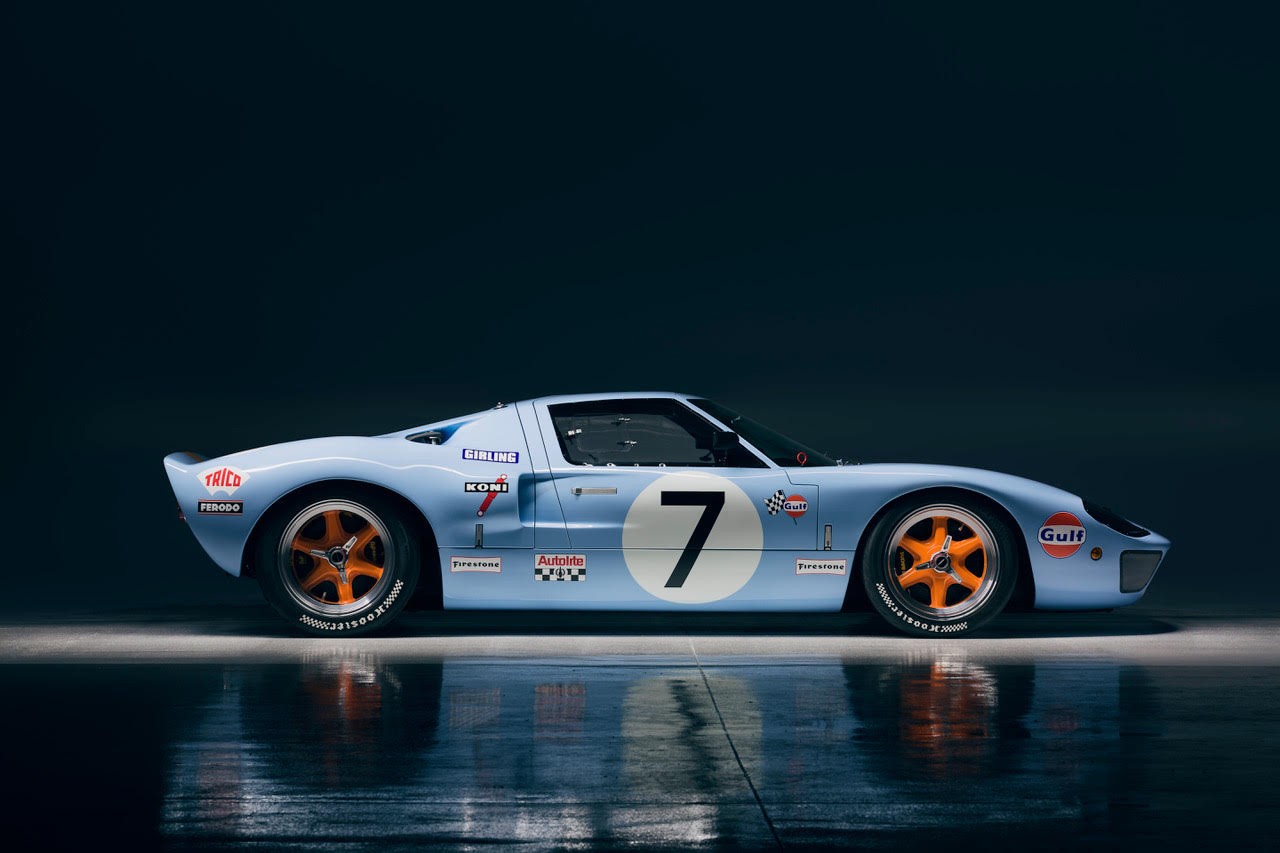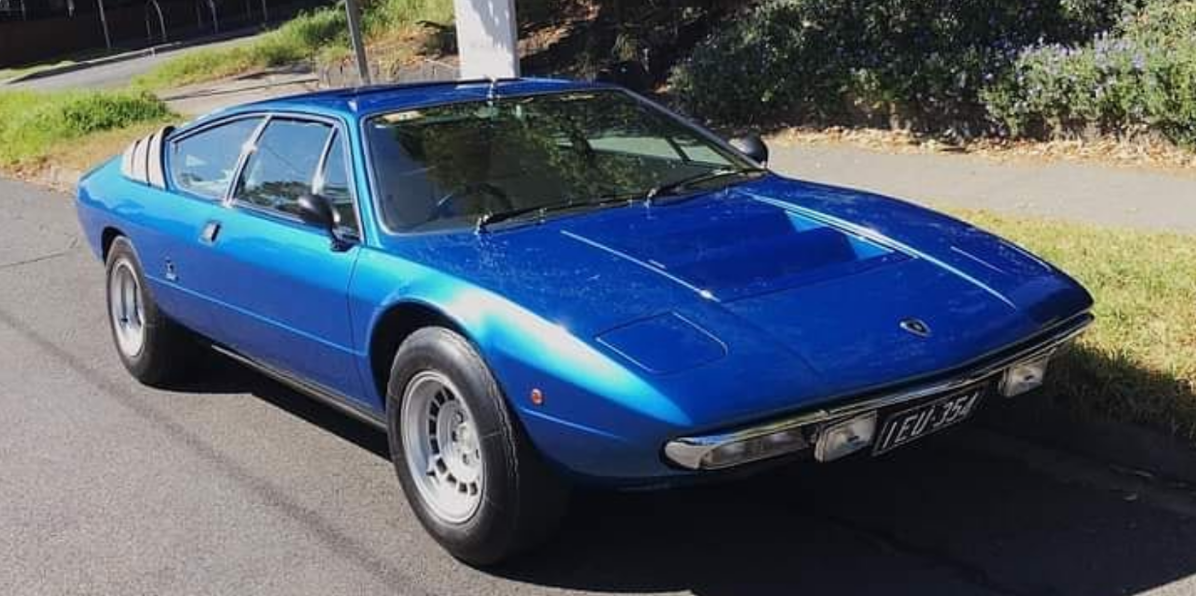FUELED BY ADVENTURE
The only thing better than summiting Mount Everest, is reaching the top with a beautiful watch. Ocean to Orbit is not just a name—it’s a philosophy. For David DeWitt and Siddhartha Kazami, co-founders of one of Australia’s newest watch brands, it represents a bold ambition: to create watches that balance rugged functionality with refined elegance.
David and Siddhartha, both seasoned automotive designers, bring decades of expertise to the intricate world of horology. Their brand stands out for its detailed designs and the depth of thought and storytelling behind each piece.

TRANSITIONING FROM CARS TO WATCHES
David and Siddhartha spent years designing vehicles for some of the most recognisable automotive brands. Their work ranged from trucks—designed to exude strength and durability—to luxury sedans, where elegance and comfort were paramount. “In cars, the design language has to convey a clear message,” David explains. “A truck needs to look tough, while a sedan needs to strike a balance between sophistication and practicality.”
This background in crafting functional yet visually compelling vehicles heavily influences their approach to watch design. “Designing a watch is surprisingly similar to designing a car,” David notes. “Both involve thinking about proportions, surfaces and how materials interact. The difference is scale. A car becomes massive, while a watch is intimate, almost personal.”
A WATCH INSPIRED BY A MOUNTAIN
Ocean to Orbit’s first release, the Lhotse, embodies this fusion of automotive principles and horological artistry. Named after a Himalayan peak, the Lhotse was inspired by the stories of exploration and endurance.
One such story involves Purnima Shrestha, a mountaineer who wore the Lhotse on her ascent of the mountain it’s named after. “We wanted our first watch to resonate with adventurers,” Siddhartha explains. “It’s a tool watch at its core, but with a level of refinement that makes it versatile.”
Lhotse’s design reflects this dual purpose. It features a brushed finish for durability and
minimal, polished surfaces to maintain its tool-watch character. Yet, details like the subtle chamfers and polished indices give it a sophisticated edge. “We intentionally struck a balance,” David says. “It’s rugged enough for outdoor use but can easily be dressed up with a leather strap.”

STORYTELLING THROUGH DESIGN
For David and Siddhartha, a watch is more than a timekeeping device; it’s a story you wear on your wrist. “Every product needs a reason to exist,” Siddhartha emphasises. “Otherwise, it feels empty.”
This philosophy is evident in the Lhotse, where even the most minor design elements carry meaning. The hour hand resembles a rocket ship, the minute hand a fuel capsule, and the second-hand counterbalance a lunar landing module—a nod to the brand’s name and ambition to bridge the ocean and orbit.
This commitment to storytelling extends to the brand itself. Ocean to Orbit was chosen as a name to symbolise versatility and aspiration. “We’ve faced criticism for the name,” Siddhartha admits. “But we believe it will settle with time, much like other iconic names in the industry.” David adds, “A bit of polarisation can be good—it means people are talking about it.”
THE CHALLENGES OF A MICROBRAND
Launching a microbrand in the watch market is no small feat. With countless new brands emerging, Ocean to Orbit had to differentiate itself through quality and authenticity.
“We designed the Lhotse three years ago, but it took time to find the right suppliers to meet our standards,” Siddhartha recalls. “Every detail, down to the curvature of the glass and the sizing of the crown, was scrutinised.”
Their automotive background helped them approach watch design with precision, which stood out. “One reviewer said it felt like we designed the watch we always wanted to wear,” David shares. “That’s exactly what we aimed for.”
DESIGNING FOR THE CUSTOMER
Ocean to Orbit doesn’t just design watches; they design experiences. “In the car industry, we call it designing for an archetype—the ideal customer,” David explains.
For the Lhotse, that customer values functionality and style, likely in the 35-50 age range. Despite their focus on male customers, their first brand ambassador, Purnima Shrestha, is female, signalling their intent to appeal to a broader audience in the future.
As they look ahead, David and Siddhartha plan to expand their range to include dress watches, GMTs, and a chronograph. “Every new design will have a story and a reason behind it,” Siddhartha promises. “We don’t create products just to fill gaps in the market. There has to be meaning.”

WHY WATCHES MATTER
When asked what makes a watch unique, both founders highlight its emotional and personal significance. “A watch is one of the few pieces of jewellery men often wear,” David notes. “It’s a way to express individuality.” Siddhartha adds, “A watch is a mechanical object that stays with you. It can carry memories, be passed down, and last for generations if cared for.”
They also stress that the value of a watch isn’t always about its price or brand. “A good watch is one you love to wear,” Siddhartha says. “Whether it’s a $50 Casio or a $10,000 Rolex, if it resonates with you, it’s a good watch.
LOOK TO THE FUTURE
David and Siddhartha’s journey with Ocean to Orbit is just beginning. Their meticulous approach to design, combined with their focus on storytelling, sets them apart in a competitive industry. “We want our watches to connect with people deeper,” David says. “It’s not just about telling time; it’s about telling a story.”
As they prepare for their next release, the pair remains committed to their vision: creating timepieces that bridge functionality and beauty, grounded in inspiring stories. With their unique blend of automotive expertise and horological passion, Ocean to Orbit is well on its way to making its mark.



